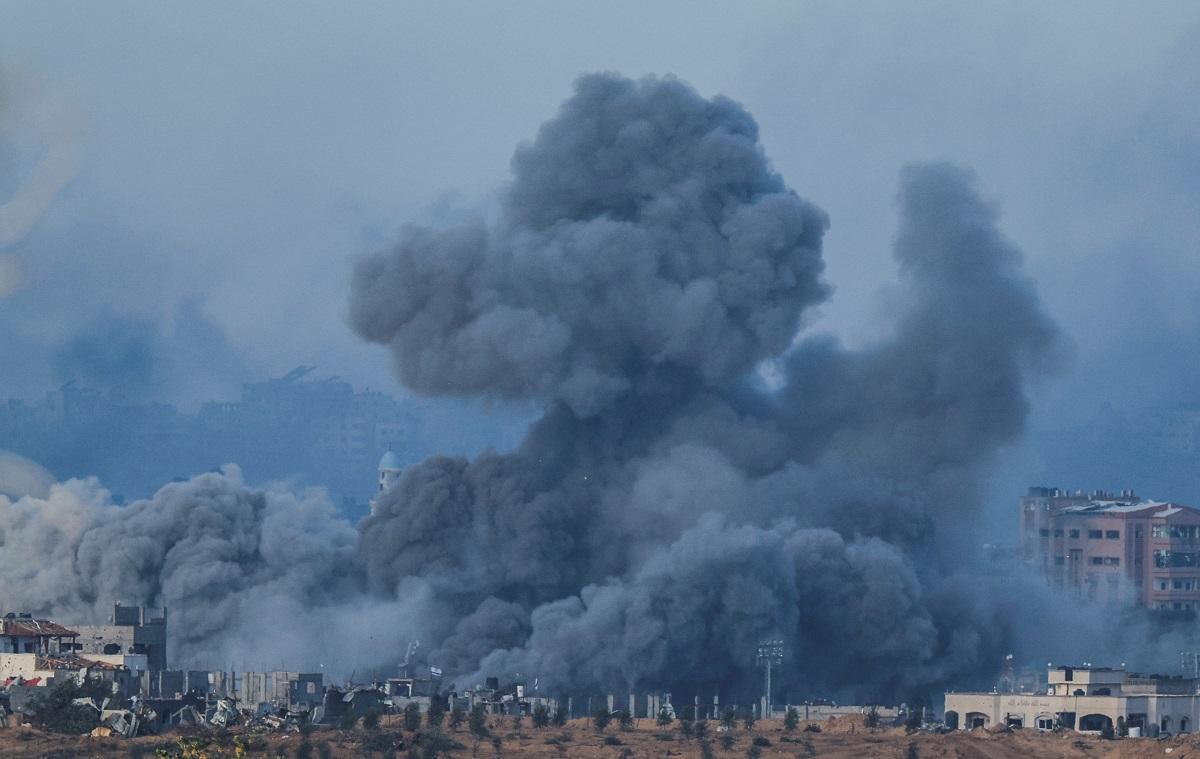Israeli military loosened rules of engagement at start of Gaza assault —NY Times

JERUSALEM — The Israeli military loosened its rules of engagement at the start of the Gaza war to enable commanders to order attacks on targets despite a heightened risk of civilian casualties, the New York Times reported on Thursday.
Immediately after the Oct. 7, 2023 attack on Israel by groups of Hamas-led gunmen, the military granted mid-ranking officers the authority to strike a wide range of military targets where up to 20 civilians risked being killed, the newspaper said.
The order meant for example that the military could target rank-and-file militants while they were at home surrounded by relatives and neighbors, instead of only when they were alone outside, the newspaper said.
It said the report was based on interviews with more than 100 soldiers and officials, including more than 25 people who helped select and vet targets.
The Israeli military did not immediately respond to a request for comment.
The New York Times said the military acknowledged that the rules of engagement had changed after Oct. 7 but said its forces had "consistently been employing means and methods that adhere to the rules of law".
The Hamas-led attack on communities around the Gaza Strip on Oct. 7, 2023 killed 1,200 people and saw more than 250 taken as hostages into Gaza, according to Israeli tallies.
Israel's ground and air campaign in response has killed more than 45,000 people and wounded more than 107,000, according to Gaza health ministry figures, displaced most of the 2.3 million population and laid waste to much of the coastal enclave.
In addition to raising the number of civilian casualties that could be risked in a single attack, the New York Times said the military removed a limit on the cumulative number of civilians that its strikes could put at risk each day.
On a few occasions, the military high command approved strikes that they knew would put as many as 100 civilian lives at risk, the newspaper said.
It said the military "often relied on a crude statistical model to assess the risk of civilian harm", mainly depending on estimates of cellphone usage rather than extensive surveillance of a single building.
From November 2023 onward, the rules were tightened, including by halving the number of civilian casualties that could be risked in attacks on low-level targets, the newspaper said. It added that the rules remained far more permissive than before the war. — Reuters




